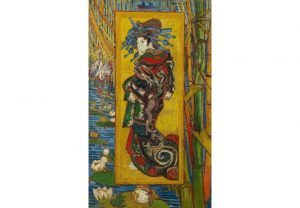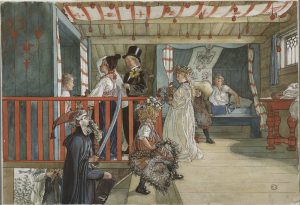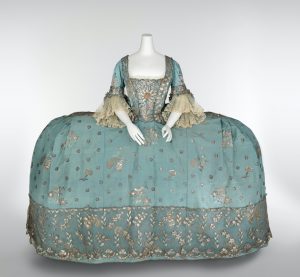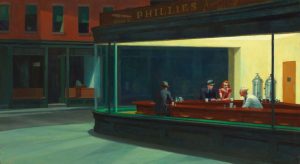Treasures of the Freer Gallery of Art
The Smithsonian Institution
Browsing Public Domain Artwork of World Museums
No.001
There are art museums that offer open online access to works in their collections. In this article, we will present the public domain works of the Freer Gallery of Art, which is one of the museums of the Smithsonian Institution, a complex of numerous museums and educational and research centers. The Freer Gallery of Art is home to 7,500 works of art collected by industrialist Charles Lang Freer (1854-1919). Kit Brooks, a curator in charge of the Japanese Art Section at the Smithsonian’s National Museum of Asian Art, is our guide in this collection of masterpieces that have never left the gallery.

The Peacock Room was originally designed by James Whistler as a dining room in the townhouse owned by the British magnate Frederick R. Leyland. It was completed in 1877, and in 1904, Freer, who was among Whistler’s patrons, purchased the entire room and had its contents installed in his mansion in Detroit. After Freer’s death in 1919, the Peacock Room was relocated to the Freer Gallery of Art at the Smithsonian in Washington, D.C. At the gallery, the shutters of the room are opened on the third Thursday of each month, and visitors can enjoy its beauty under a flood of natural light.
James Whistler, Rose and Silver: The Princess from the Land of Porcelain, 1863-1865

This portrait was painted between 1863 and 1865 by Whistler, with Christine Spartali serving as the model. The painting was purchased by Leyland and displayed in the Peacock Room, but after his death in 1892, it was sold separately and had to leave the room. Freer purchased the portrait in 1903, and acquired the Peacock Room in 1904. In 1923, the painting was relocated to the Freer Gallery of Art, and since then has been displayed above the fireplace of the Peacock Room.
Sotatsu Tawaraya, Matsushima zubyobu (Waves at Matsushima), Edo Period (17th century)

Praised as Sotatsu Tawaraya’s greatest masterpiece and overflowing with the brilliant magnetism characteristic of the Rimpa School of Japanese painting, this work was purchased by Freer in 1906. It was Freer who gave the English title of this pair of folding screens, but, according to experts, it does not depict the famous Matsushima Island near Sendai. There is a theory that Sotatsu was inspired by Genji monogatari (The Tale of Genji) and actually painted the raging waves off the coast of Sumiyoshi, Osaka. The ceiling of the gallery is equipped with special skylights that give visitors the opportunity to enjoy the vibrant depiction of the waves and the water under natural light.
Japanese original text: Kit Brooks (curator at the Smithsonian Institution)
The Smithsonian Institution
The Smithsonian Institution is an education and research complex that consists of 19 museums in the field of science, industry, technology, art, and natural history, located in and around Washington D.C., the US.
*The public domain works presented by the Smithsonian Institution can be accessed from the following links.
https://www.si.edu/
https://www.si.edu/collections
Address: Capital Gallery Building, Suite 3000, 600 Maryland Avenue SW, Washington, DC, 20024, the United States of America
Freer Gallery of Art
As one of the Smithsonian Institution’s museums, the Freer Gallery of Art was founded on the private collection of artworks gathered by Charles Lang Freer. Today, it hosts an exceptionally diverse collection with focus on Asian art.
https://asia.si.edu/
Address: 1050 Independence Ave SW, Washington, DC 20560, the United States of America









